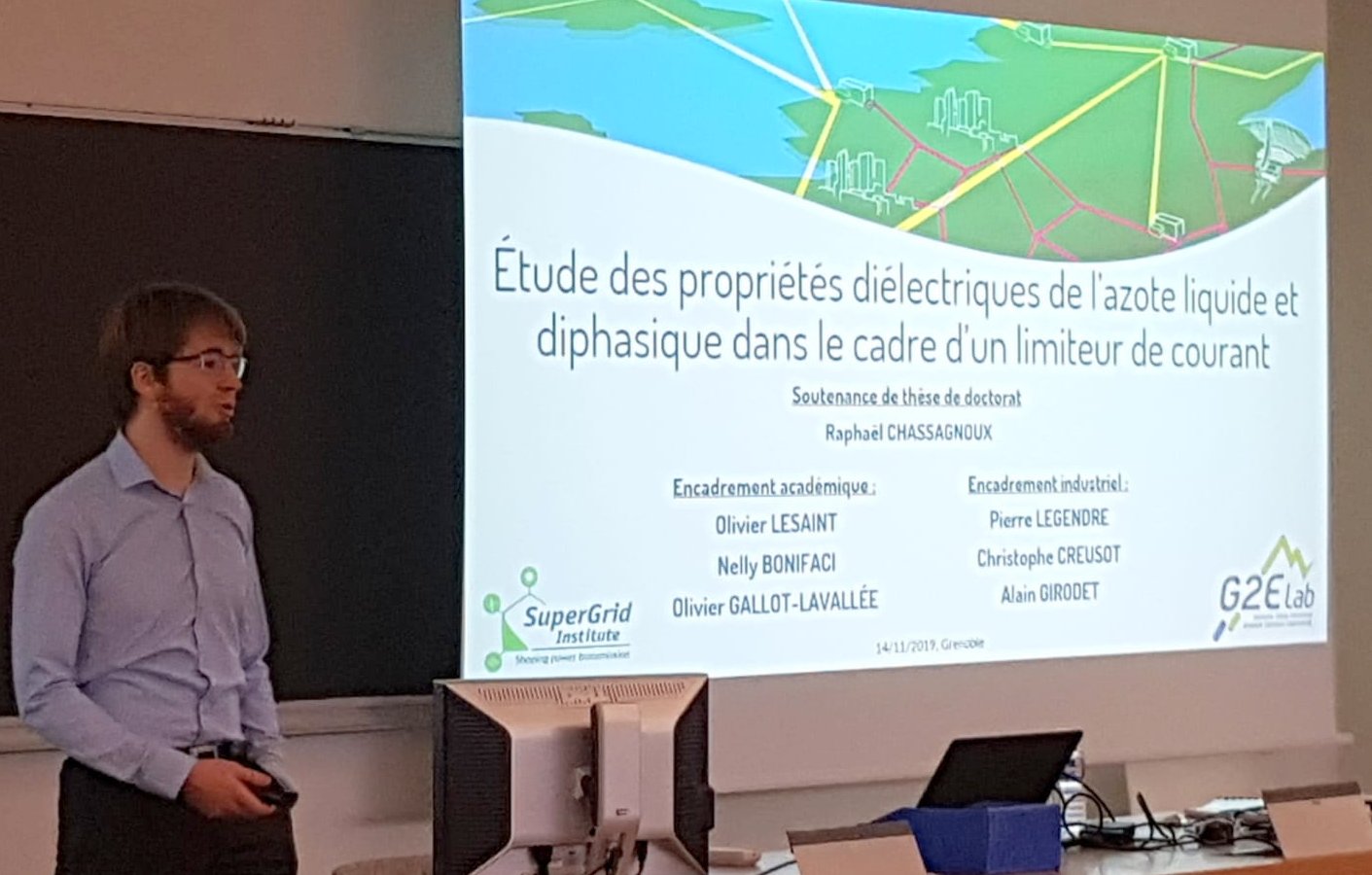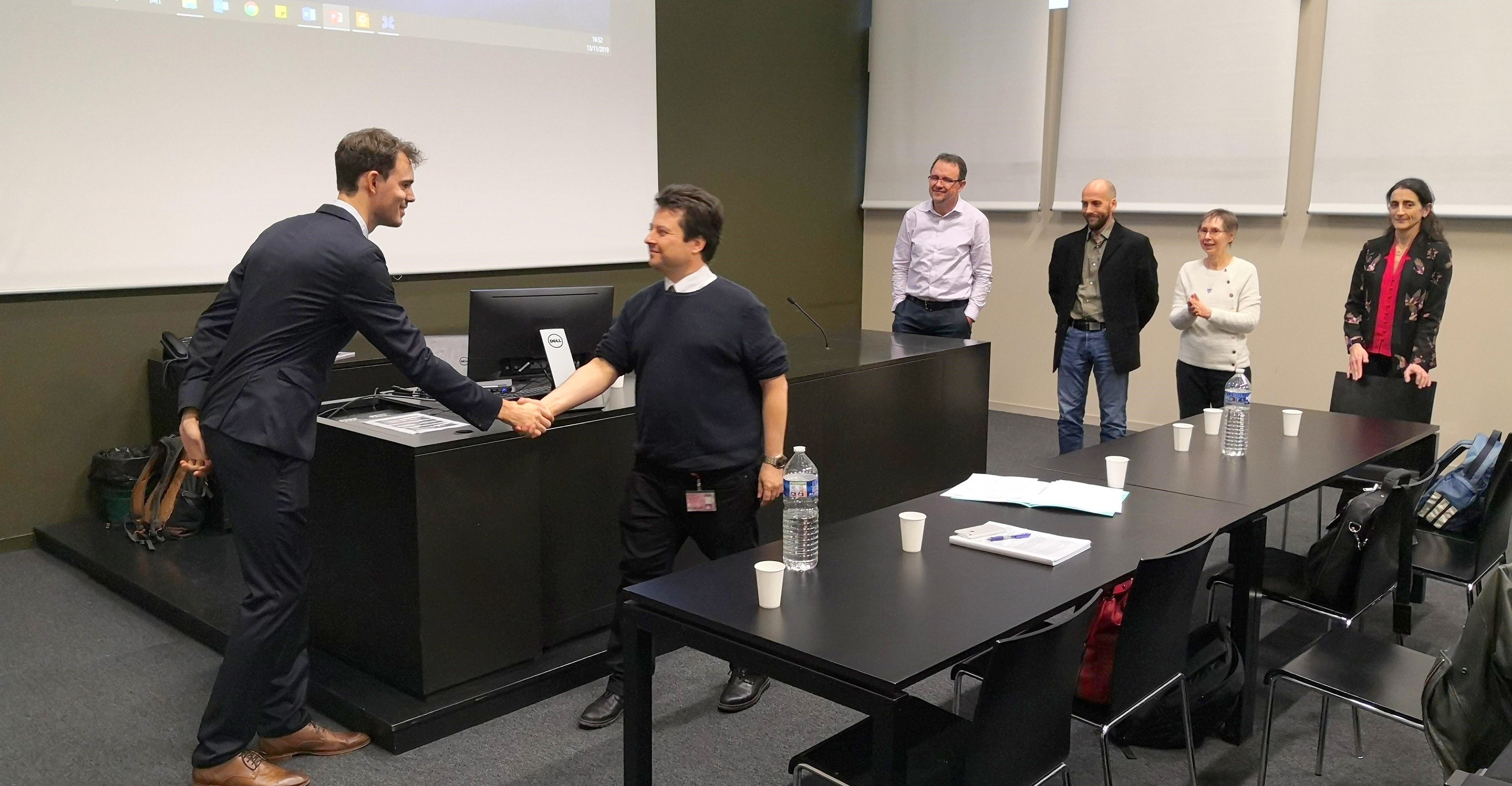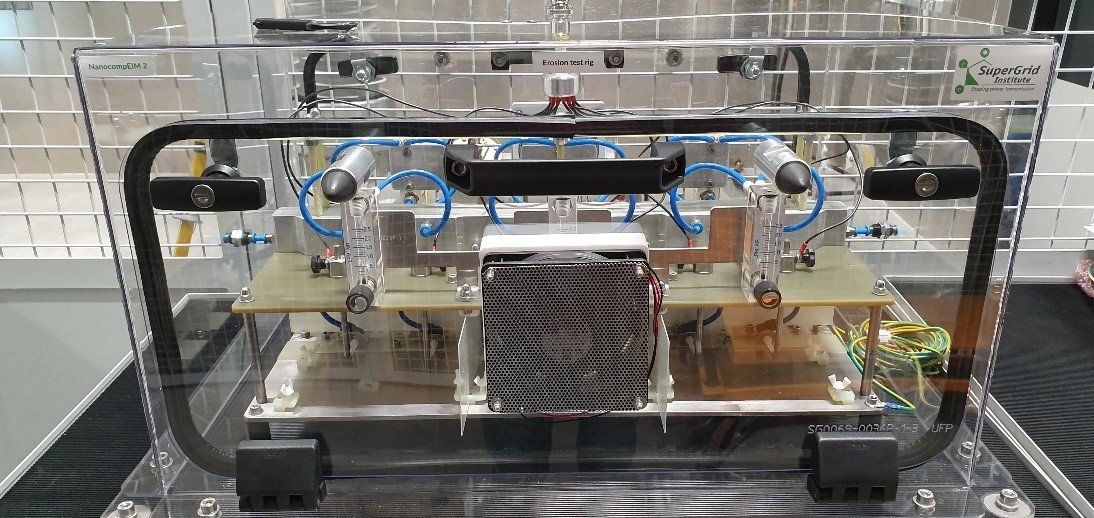The increasing number of interconnections in electrical networks and the massive integration of renewable energies nowadays comes with an increase of short circuit currents, and more constraints on high voltage circuit breaker during the current clearance. To solve this problem, a solution consists in inserting a fault current limiting device on electrical lines. Among the available technologies, the superconducting fault current limiter is ideal from the perspective of transmission system operator. However the design of this device is non-trivial, especially the electrical insulation, which is very specific to this apparatus: electrical insulation in a cryogenic environment (liquid nitrogen at - 196°C), superconducting tapes inducing electric field reinforcement, and strong transient heating generating numerous vapor bubbles.







